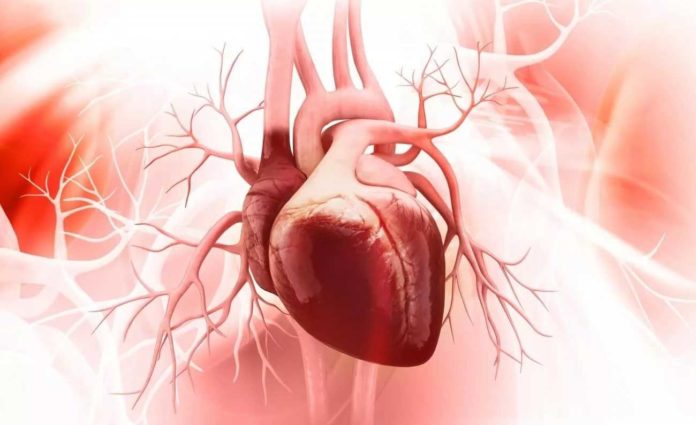If you have kidney disease, you are more likely to get heart disease. Heart disease is the most common cause of death among people who have kidney disease. However, learning about kidney disease and heart disease can help you find ways to stay healthy.
Understanding the system behind heart failure with preserved ejection fraction has drawn nearer to reality with another examination from specialists at the Interdisciplinary Stem Cell Institute (ISCI) at the University of Miami Miller School of Medicine.
Heart failure with reduced ejection fraction — where the heart tends to pump blood less effectively over time — heart failure with preserved ejection fraction (HFpEF) is more common among people over age 65. In addition, treating patients with HFpEF can be complex, as they often present with other conditions at the same time, including hypertension, obesity, diabetes and kidney disease.
The current work builds on previous research that identified, for the first time, the role of the protein osteopontin in Alport Syndrome.
Scientists in this study observed HFpEF in a mouse model of Alport Syndrome, a rare kidney disease. The results suggest that reducing high levels of osteopontin could reduce the severity of heart failure with preserved ejection fraction.
Scientists found that osteopontin is a bad player. It also supports a “good actor” role for an enzyme called 2-Oxoglutarate Dehydrogenase-Like or OGDHL. In the presence of elevated levels of osteopontin, however, OGDHL becomes dysregulated.
Lina A. Shehadeh, Ph.D., senior author of the study and associate professor in the Department of Medicine’s Division of Cardiology and the ISCI said, “We were surprised to see that validation of OGDHL expression in human cardiac biopsies showed opposite results than those in the mouse. This means that instead of OGDHL levels being low as in the sick mice, they were high in the patients.”
“This could be attributed to the fact that the cardiac patients were obese and diabetic, unlike our mouse model. However, the bottom line is that OGDHL is dysregulated in the human HFpEF hearts, and this was found based on our mouse studies.”
The study also shows that the mice develop diastolic heart dysfunction, cardiac hypertrophy (thickening of the heart muscle) and fibrosis (formation of excess tissue). Lowering the levels of osteopontin improved these outcomes.
It suggests, therapeutic targets to help people living with chronic kidney disease and HFpEF. Specifically, future treatment could include a blocker to reduce levels of the osteopontin protein or substances to maintain regulation of OGHDL.
Dr. Shehadeh said, “UM doctors and researchers are aware how disadvantaged HFpEF patients are, and how there is a pressing unmet need for understanding the mechanisms of the disease, and finding novel therapies.”
Being grateful to the Miami Heart Research Institute, NIH and AHA for funding, Dr, Shehadeh said, “One of the next investigations is an NIH-funded study to validate the findings in a pig model of renal-induced HFpEF.”
Dr. Yousefi, a Ph.D. candidate in the Department of Molecular and Cellular Pharmacology who received a Pre-doctoral Fellowship Award from the American Heart Association in 2018 to pursue this project said, “This is a really nice multidisciplinary project, since it employs the expertise and intellectual contribution from several experts in the field from basic, translational, and clinical cardiology. I am proud to be part of an esteemed team of researchers, including Drs. Joshua Hare and Keith Webster from the Miller School, Dr. David Kass from the Johns Hopkins University, and Dr. Henk Granzier from the University of Arizona.”
Authors on this paper also included Dr. Camila Irion, co-first author and a postdoctoral researcher in the Shehadeh lab, Drs. Konstantinos Hatzistergos and Lauro Takeuchi from ISCI, Dr. Wen Ding, former Ph.D. student in the Shehadeh lab and now a postdoctoral fellow at Yale School of Medicine, Guerline Lambert, a search associate in the Shehadeh lab, Drs. Dong I. Lee and Virginia Hahn from Johns Hopkins, and Trevor Eisenberg and Sarah Sukkar, UM medical students.
The study results were published in the Journal of the American College of Cardiology, one of the highest-ranking journals in the field of cardiovascular research.
